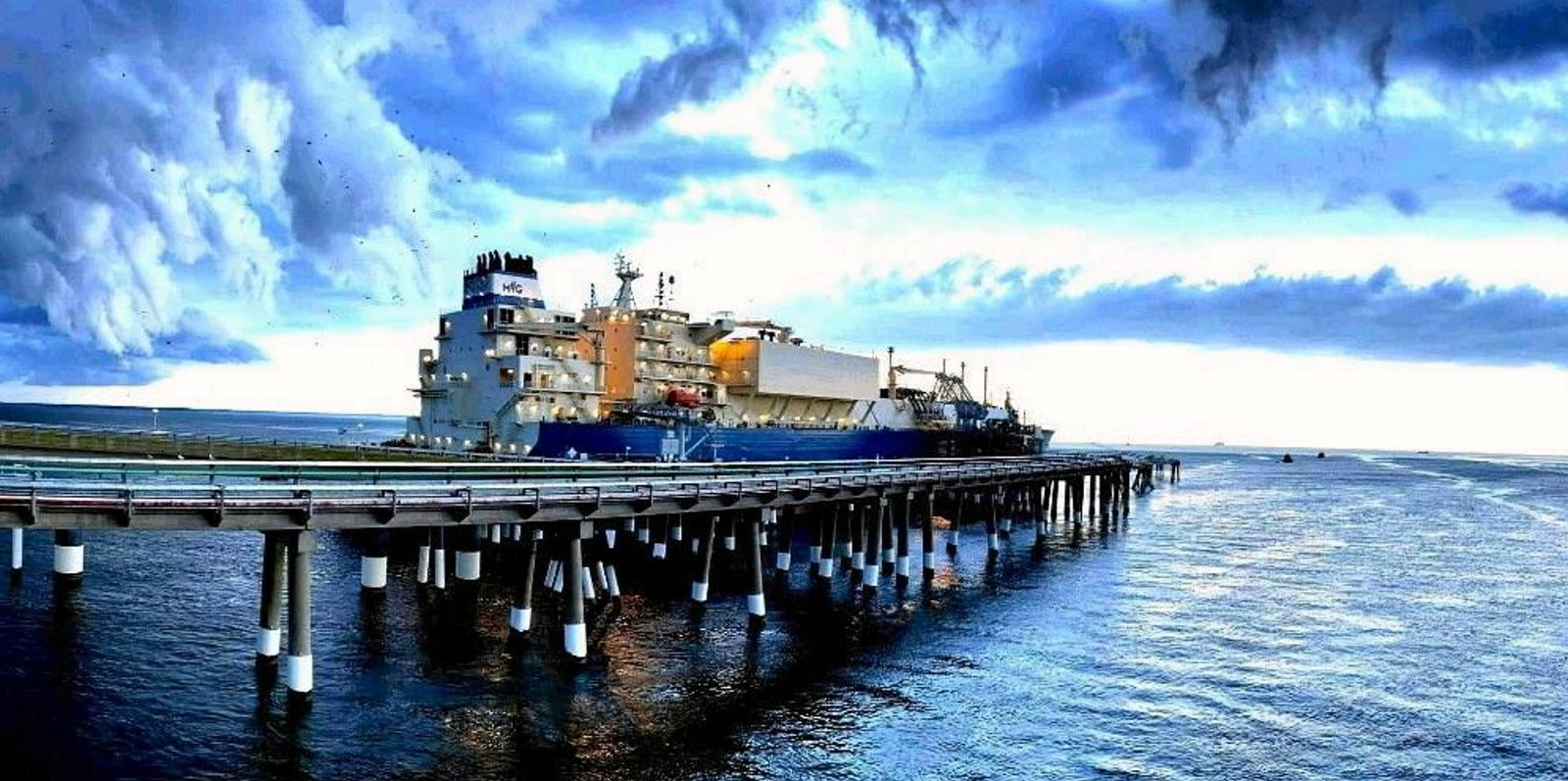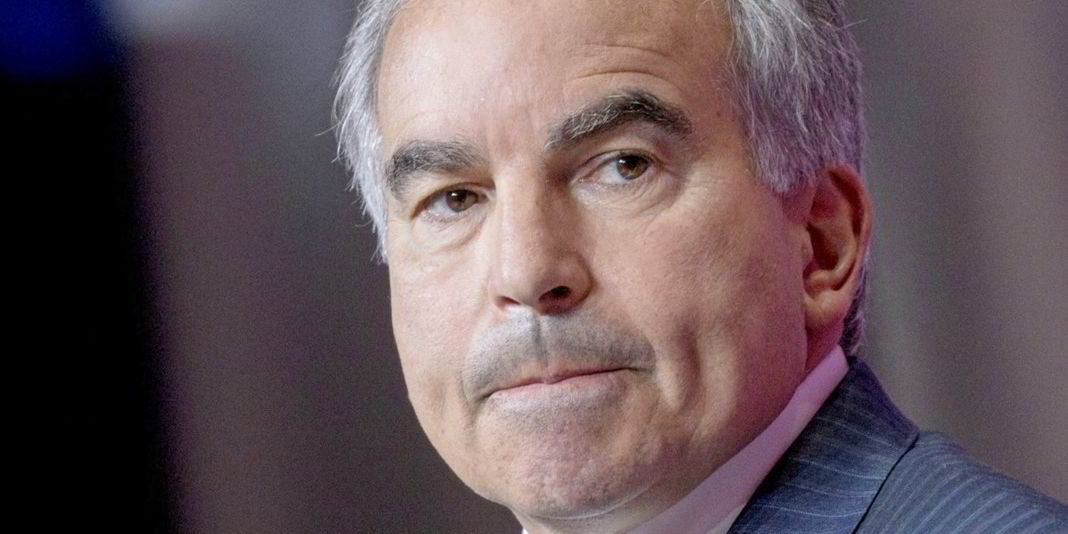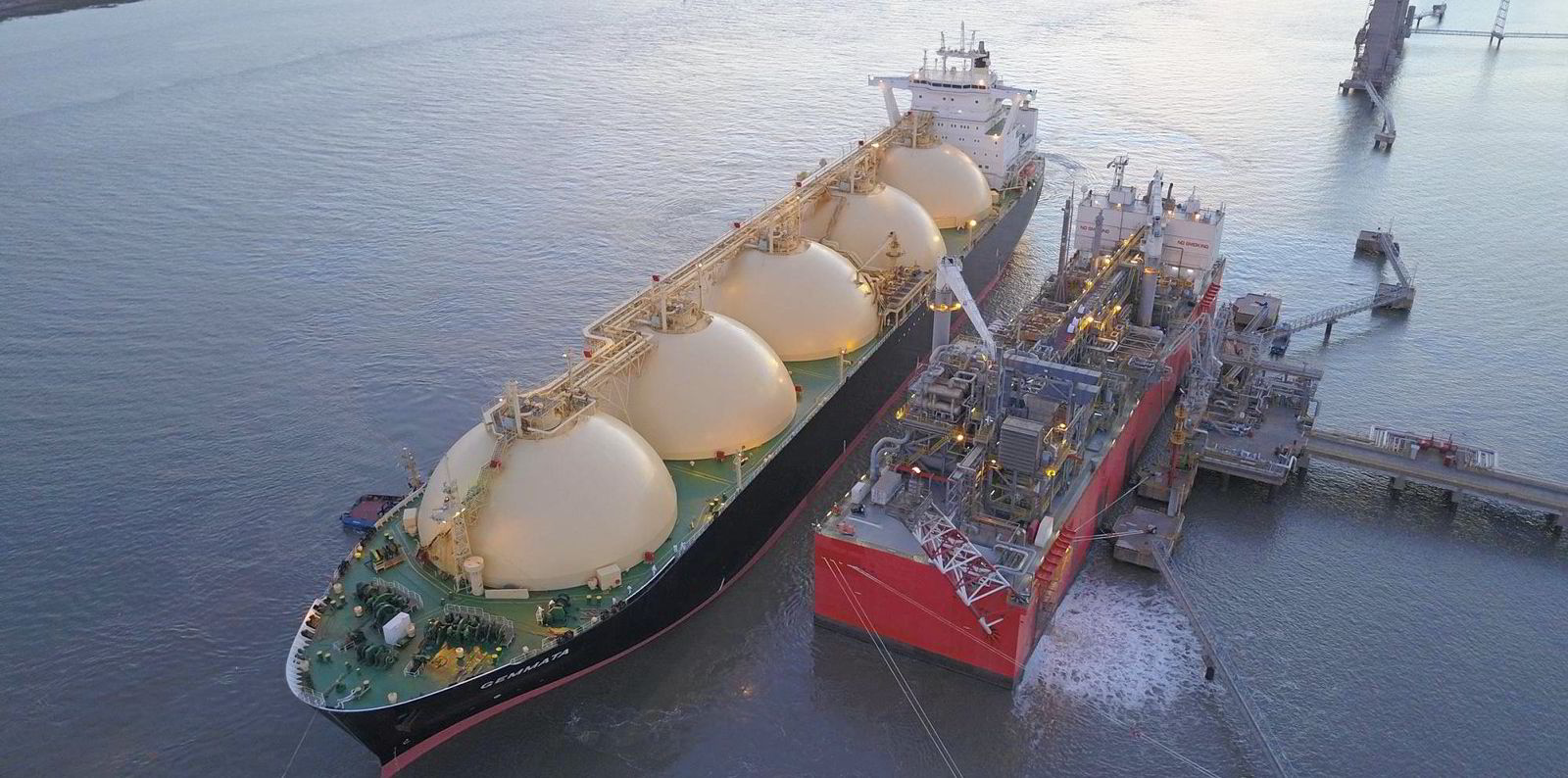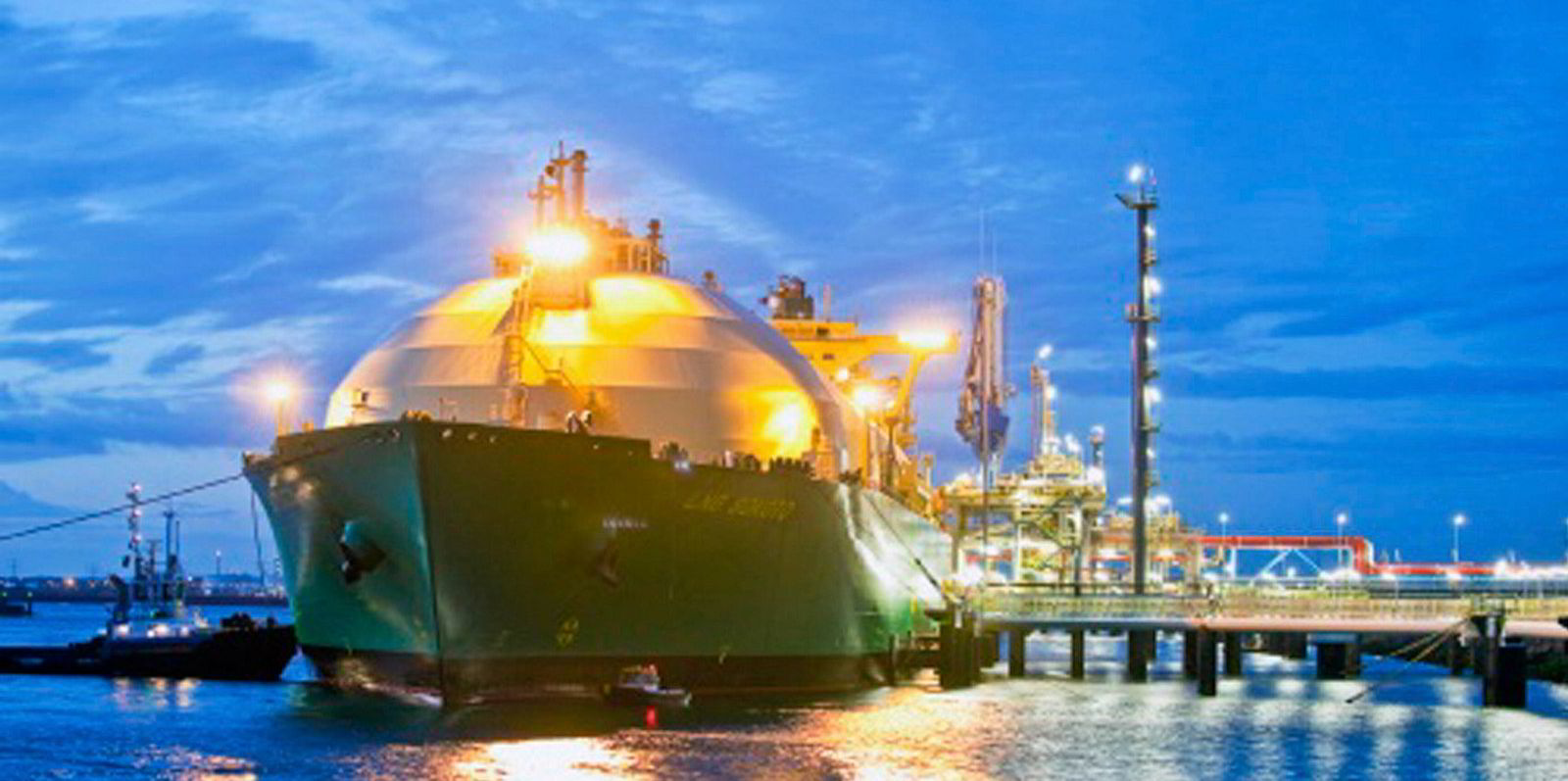LNG trade and shipping are expected to experience a period of rapid growth in the mid-2020 on the back of strong global demand and a significant volume of new liquefaction capacity that is under development, according to Clarksons Research.
In LNG Trade & Transport 2022, the annual report published by shipbroker Clarksons research arm, the brokerage’s team said LNG trade is expected to enter a more moderate phase of growth in the next few years before the planned start-up of 116 mtpa of liquefaction capacity across 2025 to 2026 drives significant expansion.
Similarly, the research team said the LNG shipping sector is undergoing a major investment and expansion phase. But it acknowledged that due to the increase in US exports to Europe rather than on longer voyages to Asia global LNG tonne-mile trade growth in 2022 is projected at 3.2%, the slowest rate of expansion since 2016.
But Clarkson said that against the backdrop of tightening global gas markets, underlying global LNG demand is strong.
The broker added: “.. with ‘energy security’ now top of the agenda — particularly in Europe — and LNG infrastructure investment accelerating, there appears momentum for a material expansion phase.”
Clarksons Research is forecasting LNG trade volume growth of 5.3% in 2022 to 400 million tonnes (mt) but said there is potential for it to reach 620 mt by 2030, up around 40 mt on previous estimates.
Clarkson Research flagged up the record LNG newbuilding orders seen so far in 2022 — 104 vessels by mid-July topping the 86 contracted in the whole of 2021.
The brokerage said ordering has been largely project-driven to serve the “significant volume” of liquefaction capacity due online in 2025 to 2026.
It said prices for LNG newbuildings have risen around 25% since the start of 2021.
Clarksons said that at the start of July the LNG orderbook stood at 255 vessels equivalent to about 40% of the global fleet’s capacity.
The Clarksons team detailed that one-year term charter LNG carrier rates for a 160,000-cbm dual-fuel diesel-electric (DFDE) vessel firmed in the first half of 2022, averaging over $100,000 per day up 56% on the same period a year earlier.
The brokerage said spot market rates have been volatile as they faced pressure from the shorter haul trade patterns and an increasing number of relets.
Levels for a DFDE vessel averaged $48,380 per day in the first half but down 32% year on year.
Liquefaction capacity: 459 mtpa active, 165 mtpa under construction, 293 mtpa in design phase, 295 mtpa proposed [at start of July]
Regasification capacity: 1,001 mtpa, 185 mtpa under construction and 352 mtpa proposed [at start of July
LNG carrier fleet: 691 [at start of June]
LNG newbuildings ordered in 2022: 104 [by mid-July]
FSRU fleet: 50 units [at start of July] of which 36 can operate as LNG carriers
FLNG units: six units, one on order, [at start of June], 33 potential projects under construction, in design or proposed
LNG bunker vessels: 28, comprising 15 existing and 13 on order
Ports with LNG bunkering facilities: 147, expected to grow to over 200 by 2024
Clarksons detailed that secondhand LNG carrier prices have risen. The broker estimates the price of a five-year old DFDE unit at $165m in June, up from $145m at start 2022.
“Fleet renewal is expected to be a major theme over the coming decade with steam turbine ships still accounting for about 30% of the fleet,” the report said.
It added that fleet expansion is projected to moderate to 3.8% in 2022 amid slower deliveries, with growth of 4.6% forecast for 2023.
But the report said active fleet supply could be limited by impacts from the introduction of new environmental regulations which could lead to slower operating speeds for some less efficient vessels.
Clarkson Research also flagged up that interest in the floating storage and regasification unit sector has surged after the onset of the Russia-Ukraine conflict, with European countries securing 12 regas units since February.






